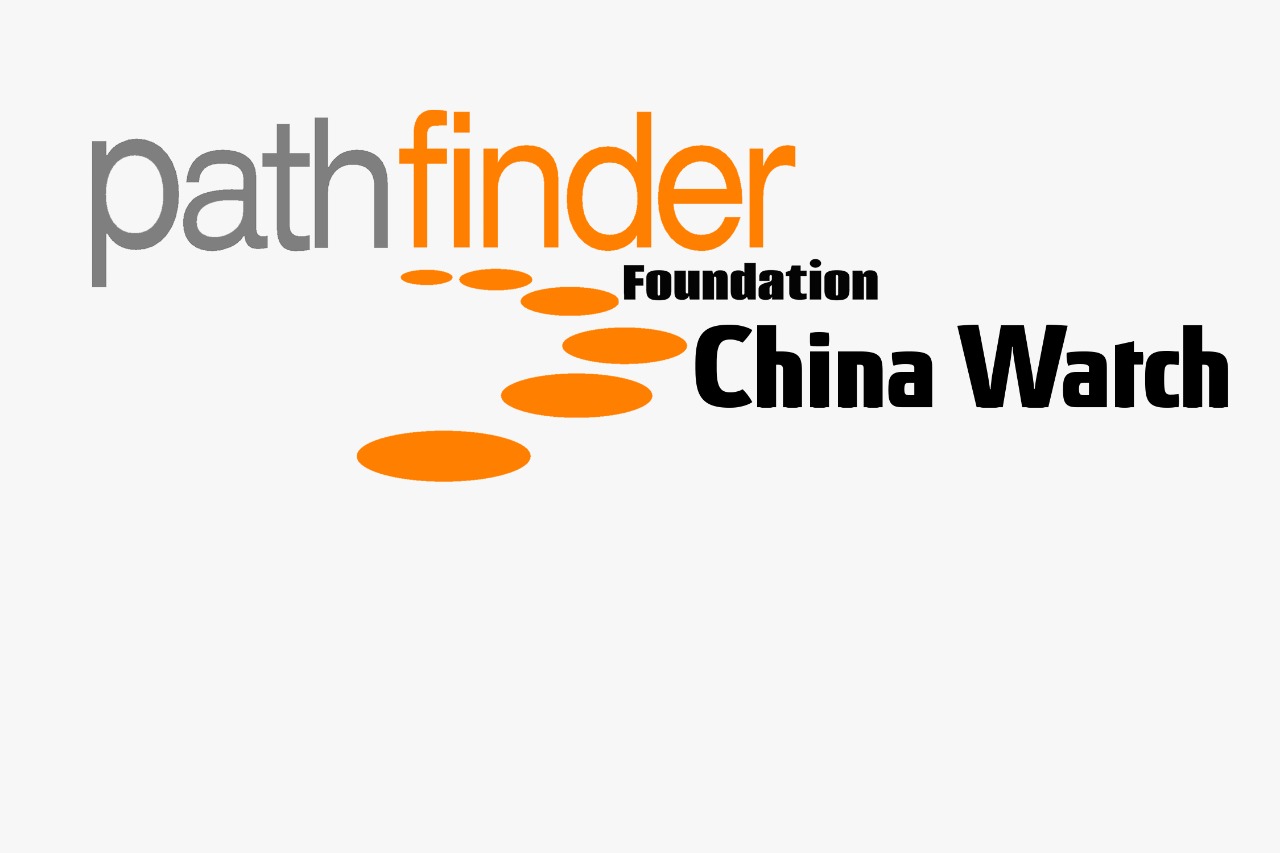With known net debt service payments of USD 6.6 bn this year and current fully usable official reserves of less than USD 1 bn (2-3 weeks of imports), Sri Lanka is confronted with both a cash flow problem and a debt problem. The liquidity problem is compounded by the fact that the only known additional external financing, at this point, are lines of credit from India (USD 1.5bn) and Pakistan (USD 200 mn). These will certainly contain the depletion of reserves. They will not have a very material impact on the existing external financing gap, which is likely to be at least USD 7 bn this year, even with very optimistic assumptions about receipts from tourism, asset sales, remittances and FDI.
The Pathfinder Foundation produced a Report “Pathfinder Beyond the Box; a New Economic Vision for post-Covid Sri Lanka,” which was presented to senior policy makers and made available to the public in May 2020. Today, it is time to reinforce the urgency of addressing the issues raised in that report and consider the efficacy of the recommendations contained therein.
On December 17, 2021, Fitch downgraded Sri Lanka’s rating to “CC”, the lowest rating prior to default. With external reserves at around $1.6 billion and almost $1 billion in debt-service payments coming due in January 2022 (and $7 billion during the coming year), the country faces a very real possibility of a sovereign debt default. If this were to happen, what would be the consequences for the economy, the poor, and society?
Has the time come to consider seriously the merits of restructuring the government’s external debt obligations? The Sri Lankan authorities have indicated that they are in the process of negotiating inflows to meet the country’s immediate foreign exchange requirements. However, there is considerable uncertainty as to whether there would be sufficient inflows to meet the acute dollar illiquidity over the medium-term.
Sri Lanka is facing what is arguably its most challenging external financing crisis. Gross Official Reserves have declined to USD 1.6 bn as at end-November. Repayments over the subsequent 12 months amount to about USD 7 billion. The authorities have responded with import and capital controls as well as a fixed exchange rate based on moral suasion by the CBSL and rationing of foreign exchange by the commercial banks. This has resulted in a scarring of the economy which will inevitably have an adverse impact on growth, employment and incomes. Inflation is rising and is on the verge of reaching double digits and shortages constantly emerge of essential goods and services.
A Pathfinder Perspective
In the immediate aftermath of the onset of the Covid19 pandemic and the unprecedented health and economic crises it unleashed, there was a widespread backlash in sentiment against globalization and open economic policies. The greatly increased human mobility associated with these phenomena were blamed for the rapid spread of the virus to all parts of the globe. The supply-side shocks, related even to basic goods, such as food and medicines, as well as demand pressures emanating from a rise in protectionism, were seen as being the result of the complex supply chains that underpinned the web of cross-border production networks that constitute a major part of the global economy on the one hand and the destruction of employment and incomes in an integrated world economy on the other.
The Sri Lankan authorities have been able to achieve stable macro-economic indicators despite the severe economic dislocation caused by the pandemic. Inflation has remained well within the 4-6% target range; and the improvement of the trade deficit has had a positive impact on the current account of the Balance of Payments.
Now that the parliamentary elections are concluded, the focus of the new government should shift to the serious business of fixing the economy. COVID-19 has hit Sri Lanka’s economic outlook harder than expected.
With growth resilient and progress made in the pursuit of high-quality development, economic confidence remains positive in China.In the second quarter, business confidence among Chinese entrepreneurs continued to improve, according to a central bank survey. The entrepreneur confidence index climbed for the ninth straight quarter, rising to 75.8 from 74.2 in the first quarter.The business climate index for Q2 held steady at 58.5 percent, 3.9 percentage points higher than the same period last year, the central bank said.Optimism has spread among officials and economists."China has the conditions and capability to fulfill the annual target set at the beginning of the year and ensure the stable and long-term growth of the economy," said a National Development and Reform Commission (NDRC) official.
KIRKENES, Norway, March 9 (Xinhua) -- Envisioning a new port on the Barents Sea coast and a railway that goes all the way southward to the Baltic Sea, Norway's Arctic town of Kirkenes sets its sight on a major European hub on a Polar Silk Road with link to China. Finland and Norway announced on Friday plans to explore building an Arctic railway between Finland's northern city of Rovaniemi and Norway's ice-free port of Kirkenes. This agreement came after Norway plans to develop new harbor and terminal areas near Kirkenes, a town in the Sor-Varanger municipality in Norway's northeastern county of Finnmark.
WASHINGTON, March 7 (Xinhua) -- Chinese and American scientists have found a new way to identify non-small cell lung cancers (NSCLC), the most common type of lung cancer, non-invasively. In a study reported on Wednesday in the journal Science Translational Medicine, the scientists used a radio-labeled chemical tracer to mark certain cancer mutations, which can help determine sensitivity to and the efficacy of a therapy called tyrosine kinase inhibition in NSCLC patients. NSCLC with those mutations can be best treated with drugs called tyrosine kinase inhibitors. The inhibitors can extend median survival time of cancer patients with a mutation in the epidermal growth factor receptor or EGFR protein to greater than two years, more than twice the survival of patients receiving only chemotherapy.
WASHINGTON, Oct. 15 (Xinhua) -- From economic growth, financial risks, currency internationalization to the Belt and Road Initiative, China was frequently mentioned by financial officials at the just-concluded annual meetings of the International Monetary Fund (IMF) and the World Bank. As the world's second-largest economy, China's economic growth, the development of its financial markets, and its agenda of opening up and reform will have a major impact on the global economy and financial markets.
STRONG GROWTH WITH REFORMS



